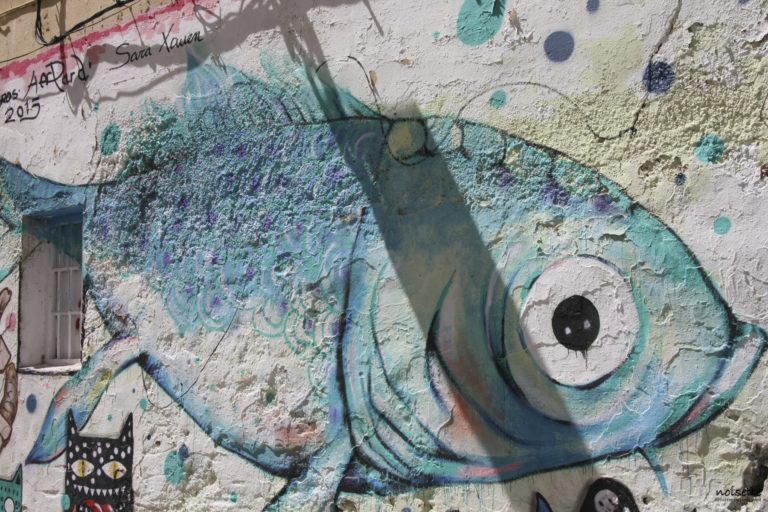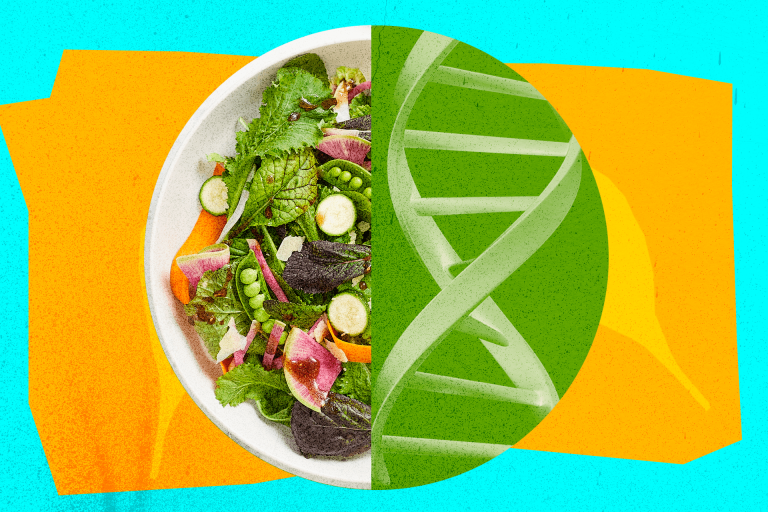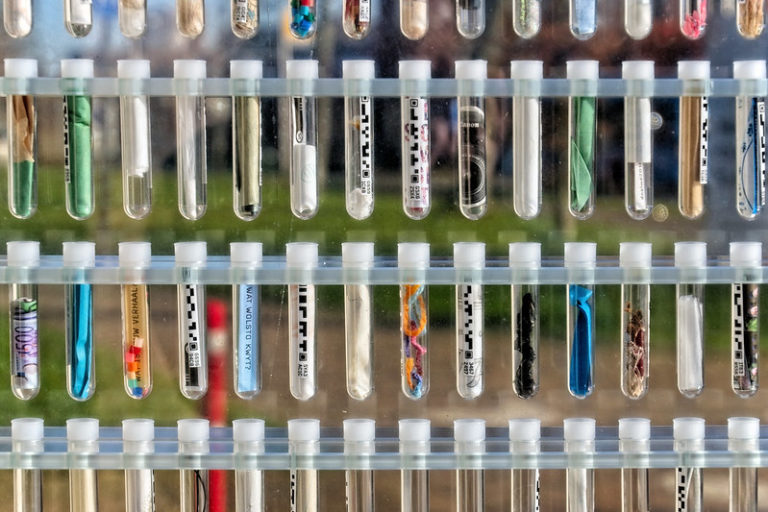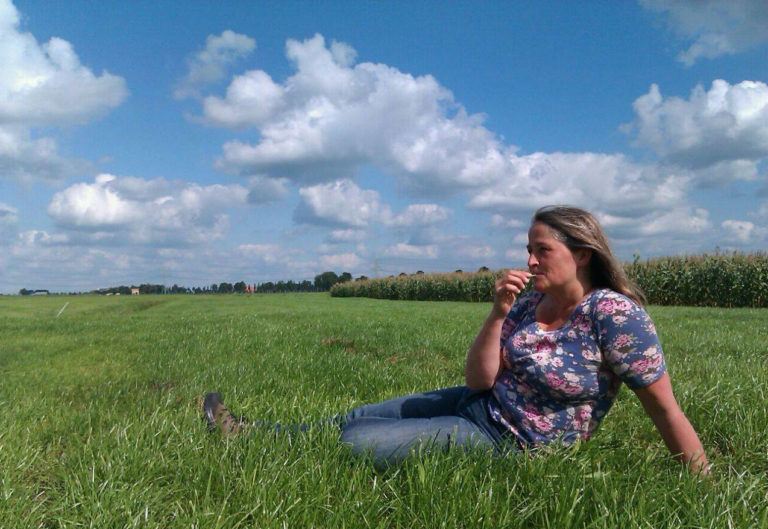News
Making salmon sterile… and able to reproduce
In Norway, the Institute of Marine Research (IMR)i has filed a trial application, in 2023, for genetically modified salmon (VIRGIN® salmon). These salmon, bred in cages in the open sea, would be sterile to prevent them from interbreeding with wild populations in the event of accidental dissemination. The Norwegian Environment Agency asked the Norwegian Scientific Committee for Food and the Environment (VKM) to assess the associated environmental risks. VKM’s opinion was highly critical, stating that there was insufficient evidence to consider the trial safeii. In April 2024, after having considered new data, VKM reiterated its negative opinion on this GM salmon trial.

Norway is the world’s leading salmon producer. This economic sector ranks first in exports after the oil sector. In 2018, its sales revenue – up 4.4% on 2017 – amounted to 6.46 billion euros for a production of almost 1.3 million tonnes of salmonidsiii. But this industry raises numerous environmental problems. Norway is also the genetic cradle of many wild salmon populations. But these are under threat from the fish farming industry. On the one hand, intensive farming leads to a significant increase in pathogens (notably lice), which can contaminate wild populations. Secondly, cross-breeding between farmed salmon that have escaped from the farm and wild salmon is causing changes in the life cycle of the latter. The newspaper Le Monde notes that « […] more than anything else, their defenders fear their hybridisation, in other words their bastardisation. There are still 450 wild salmonid rivers in Norway, with slightly different genetics in different places. Two-thirds of these rivers are already contaminated by fish escaping from farms by the thousands every year »iv.
GMO salmon to protect wild salmon?
To avoid, or at least try to limit, the impact of farmed animals, it has often been suggested to create sterile salmon. Historically, researchers and companies have used triploidy to make farmed salmon sterile. However, triploid salmon are highly sensitive to their environment and can develop spinal deformities and cataracts. These negative effects have raised concerns about the welfare of the fish. The project of the Public Institute for Marine Research (IRM) in Bregen (Norway) is to develop diploid salmon genetically modified to be sterile by another method… while preserving a certain fertility. These salmon are strangely named « VIRGIN ».
Genetic manipulation involves two methods. The first involves knocking out (KO) a gene in the fertilised egg of the Atlantic salmon Salmo salar. This gene, called dead end (dnd), is responsible for the development of germ cells that produce ova in female fish, or spermatozoa in male fish. GM fish will be sterile. The tool used here to carry out this genetic manipulation is Crispr/Cas. The genetic construct is introduced into the egg by microinjection, but could also be introduced by electroporation, nanoparticles or liposomes, as the patent covering this « innovation » explain detailsv. This manipulation is performed on both versions of the gene. As a result, the fish will be homozygous for the gene.
However, sterile fish cannot reproduce. This first manipulation would have to be repeated for each generation… hence the idea of using a complementary method that would allow some fish to be fertile, while retaining the initial genetic modification (sterility): a sort of temporary, non-inherited fertility rescue that would allow the sterile trait to be passed on. Researchers inject high doses of reconstructed messenger RNA, normally produced by the unmodified gene that enables germ cell development, into salmon eggs. It is expected that these sterile individuals with restored fertility will be able to reproduce and pass on the modified genes, causing sterility in their progeny.
In November 2021, two male and four female salmon, all genetically modified to have restored sterility, were crossed. A total of 2,400 offspring (F1 generation) were produced. Of this total, 303 F1 fish were considered by the Institute to be genetically sterile (modified), with 485 individuals considered to be genetically fertile wild-type (WT). The experiments will be continued by releasing the 788 individuals thought to be homozygous into sea cages at the age of one and a half year, in September 2023, to monitor the behaviour and development of these fish. The many other offspring show mosaics of mutations depending on the germ cells and are of no interest to this industry. Mendelian genetics is showing its limitations here.
An experiment contested on more than one count
But for the Norwegian Scientific Committee for Food and the Environment (VKM), the trial in question « is associated with a potentially high risk for wild Atlantic salmon populations ». More than a paradox for a genetic modification project aimed precisely at protecting these wild salmon.
One of the heads of VKM, Martin Malmstrøm, is highly critical. Some of his comments concern the method itself, for example the low number of parents, the use of homozygotes and the reliability of genotyping. He explains to Inf’OGM: « In this case, they only carried out one round of genotyping (gene sequencing), which (not surprisingly) resulted in a few individuals being genotyped incorrectly (20%), compared with the second round that we ordered ».
Numerous inaccuracies in the dossier were revealed. In its first opinion, issued in 2023, VKM considered that « the data provided in the application is not sufficient to confirm that the genotypes of the 303 homozygous F1 VIRGIN salmon (mut/mut) and the 485 homozygous fish (WT/WT) are correct for all individuals », « not sufficiently documented that all genotypes identified among the 303 F1 VIRGIN salmon indeed result in germ cell free and/or sterile individuals ». In short, VKM is not convinced that the 303 salmon intended for open sea testing are truly sterile. It even writes that the applicant « assumes » that these 303 salmon are sterile but that « this assumption is not supported by confirmative experimental data in the application ».
Too great a risk for wild salmon
This creates a significant and paradoxical risk for the wild population if heterozygous fish are hidden among the homozygotes. VKM details that « if heterozygote fish (with one fertility allele and one sterility allele in the dnd gene) escape, they could introduce the sterility allele into wild salmon populations by vertical gene transfer to the offspring generation and to the following generations. The spread of the sterility allele would go unnoticed as it would be recessive in heterozygote individuals. The recessive homozygote offspring (two sterility alleles) of heterozygote pairs would compete for food and space in rivers as juveniles and thereby reduce population productivity and reduce the viability in vulnerable populations. VKM assesses this as a potentially high risk ».
The impact on wild populations in the event of « escape » also exists if the farmed fish are sterile. In fact, sterile individuals that have escaped can potentially act as predators on juvenile wild Atlantic salmon or brown trout (Salmo trutta). VKM writes that « this risk is low [but that it] is associated with a high degree of uncertainty, as the necessary experiments have not been carried out ». Farmed salmon are also very often carriers of pathogens… which they can therefore transmit to wild populations.
VKM also notes other scientific shortcomings in terms of risk assessment. In its opinion, it points out that « crosses between F0 VIRGIN rescued or F1 VIRGIN salmon and wild salmon have to our knowledge not been carried out for studies of behaviour, reproduction, and offspring survival ». For VKM, carrying out these crosses in confined facilities is necessary to assess the possible risks to wild salmon if potentially fertile fish escape. Another shortcoming highlighted by the VKM is that « the feeding behaviour of F1 VIRGIN salmon has to our knowledge not been studied incontained facilities. This could have informed the risk assessment with respect to feeding behaviour in sea water and fresh water, especially with respect to potential predation on juvenile salmonids ». Finally, VKM highlights the absence of immunological studies on these GM fish.
New evidence, same conclusion
In April 2024, VKM received new information from the Marine Research Institute. It therefore updated its opinion. It should be noted at the outset that between the two opinions, the Institute reduced the number of animals considered to be sterile as a result of genetic modification, and therefore to be tested, from 303 to 163. However, VKM notes that the genetic modification remains unclear: the re-sequencing of 276 individuals carried out by the Institute showed « genetic differences » compared to the original sequencing. The Institute’s new data changes the sterile/non-sterile proportions. This shows the rush to use knowledge that is still poorly understood.
As a result of this new data, therefore, VKM concludes that it « considers all research trials which could introduce heritable sterility into wild salmon populations as having a potentially high risk due to the inherent possibility of causing a massive negative environmental impact. Therefore, VKM upholds the conclusion of risk category “potentially high risk” even though the likelihood (“very unlikely”) of the genome-edited salmon having a negative impact on wild salmon has been reduced »vi.
As for the other negative effects specified in the original opinion, linked in particular to the escape of sterile salmon, VKM considers that they are reduced only because the number of individuals tested is reduced. In other words, if fewer fish are tested, fewer may escape, so the impact will be reduced, but the theoretical risk is the same. However, this reasoning is somewhat curious. In the long term, this salmon is supposed to be marketed, so the number of GMO animals in cages should increase…
i Coastal matters : https://www.hi.no/en
ii Norwegian Scientific Committee for Food and Environment, Kjetil Hindar et al., « Environmental risk assessment of genetically modified sterile VIRGIN® Atlantic salmon for use in research trials in aquaculture sea-cages », 6 october 2023.
iii Martine Valo, « Le saumon, industrie à grande échelle et filon pour la Norvège », Le Monde, 4 september 2019 (in french).
iv Ibid.
v Anna TROEDSSON-WARGELIUS et Rolf Brudvik EDVARDSEN, brevet WO2021198424A1, « Modified salmon which produce sterile offspring ».
vi VKM, Martin Malmstrøm, « Biological Hazards – Genetically Modified Sterile Salmon – Risk Assessment of Field Trials », 2023.













